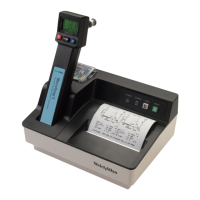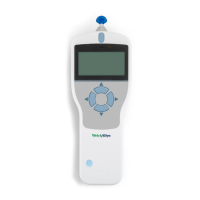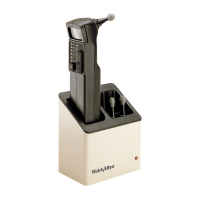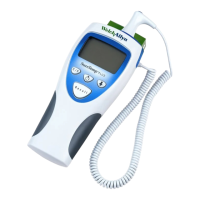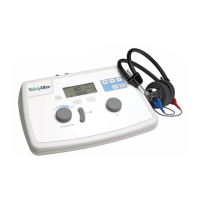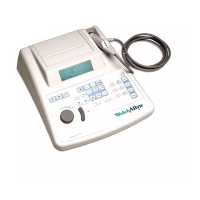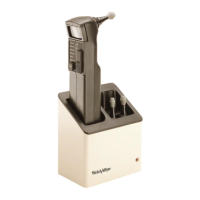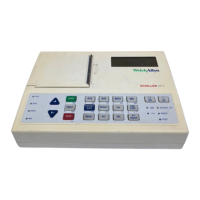What to do if my Welch Allyn Measuring Instruments handle does not turn on?
- JJake NicholsAug 3, 2025
If your Welch Allyn Measuring Instruments handle does not turn on, there are several potential causes: * **No battery:** Put a battery in and reset the battery protection circuit. * **Battery is in backwards:** Reposition the battery observing correct polarity and reset the battery protection circuit. * **Battery is not charged/dead:** Charge or replace the battery and reset the battery protection circuit. * **Battery protection circuit was not reset:** Place the handle in the printer/charger for a minimum of 10 seconds to reset the battery protection circuit.
